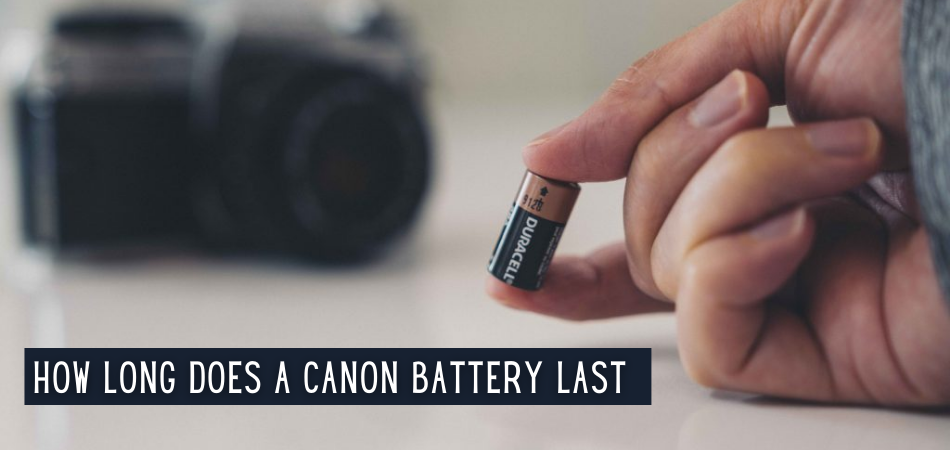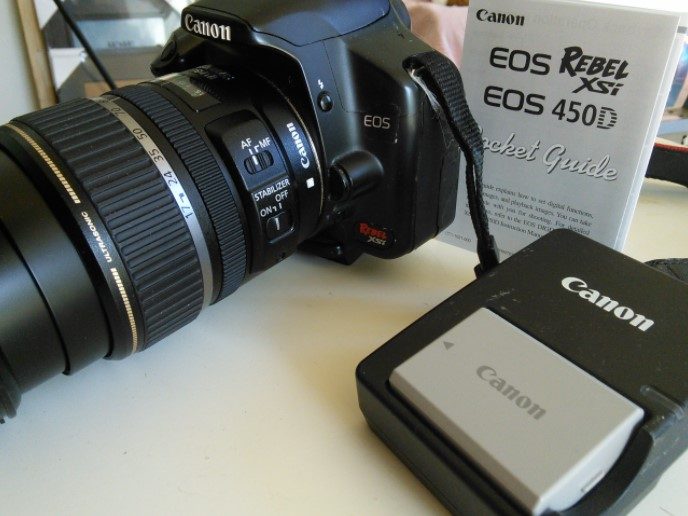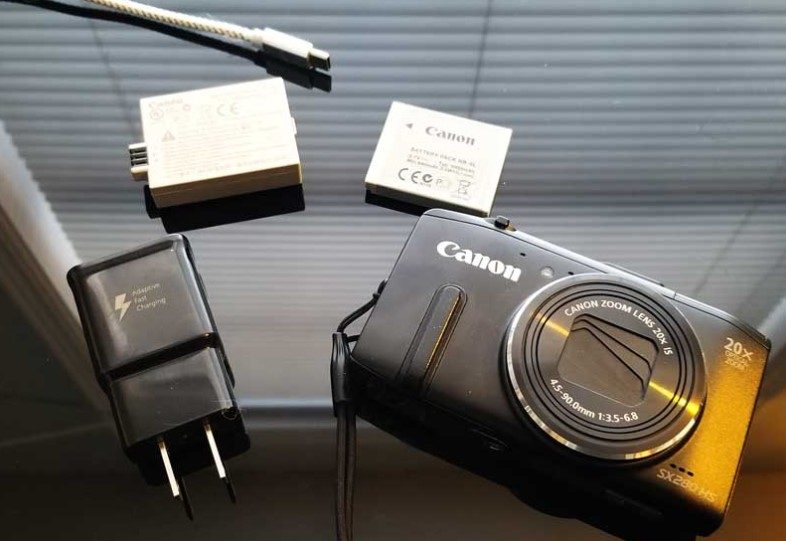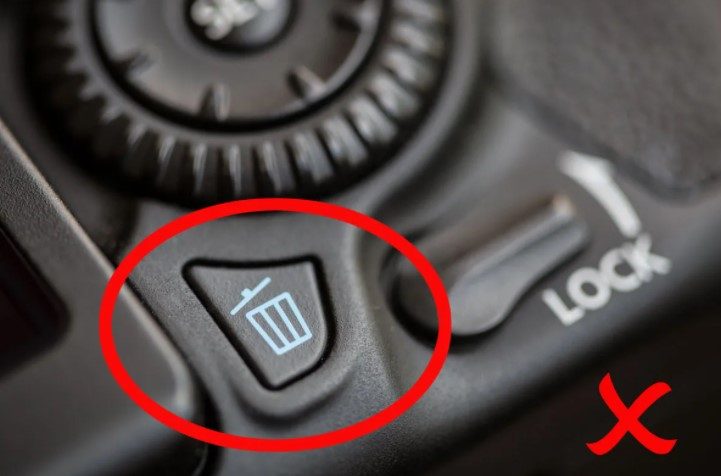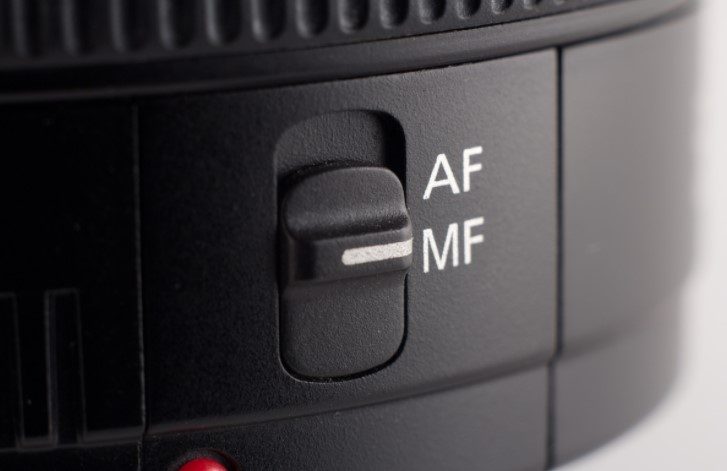Are you aware of the battery life of your camera? How long can your camera stay on a single charge and how many photographs can you take? You should be aware of how long a camera battery lasts in case you find yourself in a circumstance where the batteries are completely discharged.
Canon cameras make use of a variety of batteries for both primary and backup functionality. This information page discusses the things you might be wondering about your canon camera batteries and their associated characteristics.
How Long Does a Canon Battery Last?
A full charge will give you around 850 shots on a Canon DSLR camera; and will give you approximately 320 shots on a Canon point and shoot camera. This is, of course, dependent on the condition of your battery and how you use your camera.
Here is a simple demonstrate method for determining how long your camera’s battery will survive, regardless of the measurement There are two numbers that affect how long your camera’s batteries will last: the watt hours of the batteries, as well as the watts drawn by the camera.
Step 1: Determine Your Battery’s Watt-Hours
The casing of the majority of professional camera batteries will specify the watt hours. If they do not, a simple online search for your battery model and its watt hour capacity should provide a result.
Step 2: Determine your camera’s wattage consumption
The second digit might be a little more difficult to locate. While the majority of professional cameras indicate their power consumption on their product pages, it is also available online.
Step 3: Check Your Camera’s Battery Life
Once you have these two figures, dividing the watt hours in your battery by the watts utilized by your camera is straightforward. A 98 watt-hour Indy Pro Micro Series battery, for example.
Step 4: Calculation Using Additional Accessory
What if you add accessories such as on-camera monitors or video transmitters? That is also simple. It is just a matter of estimating the watts that our accessories utilize and incorporating this information into our calculations.
How To Know When It’s Time to Replace Your Canon Camera Battery
Typically, if a Li-ion battery is correctly handled, it will have a storage lifetime of several years. There are just too many variables to be able to predict with certainty how long each of your batteries will last when utilized in the manner in which you do. It is also possible that some of it is simply random quality check in the manufacturing process on a per-battery basis.
Many DSLR cameras that haven’t been sold new in more than a decade still have batteries available for them to use. Some reason that you may have to know that it is time to replace your canon camera if its not already charging, bloated or simply its not already functioning.
Tips to Make Your Canon Camera Battery Last Longer
You’re curious about how to prolong the life of your Canon battery. Nothing is more infuriating than attempting to capture a stunning shot and having your battery die just as you are about to press the shutter button. On this point, you are not alone. Anyone can become unwell.
Here are five (5) tips and methods for increasing the life of your camera’s battery, followed by a bonus the top mistake why your battery drains fast. I must be candid with you. Some of these are really effective, while others will have little effect.
1. Minimize LCD Screen Use
Stop Live-view. Compose your photo using the optical viewfinder (if your camera has one). Even the LCDs are very energy efficient, when used to manufacture, a million of them light up and utilize electricity. Why not make the most of it? However, it is another story.
It also helps to preserve battery life by dimming the LCD, albeit this is troublesome if you’re outside in bright light. Second, some cameras let you pick how long your photo appears on the LCD screen after you take it. Change the playback speed from 4 to 2 seconds to save battery life.
2. Extend the life of your battery by not deleting the images you’re your camera.
Wait until all photographs have been downloaded to your computer before editing or deleting them. While this is not a large power eater unless you want to remove a large number of photographs individually, it is still not the optimal approach to erase images and does take some of your battery power.
Because digital camera memory is so inexpensive, there is no need to ever delete a few photographs to free up some space on a full card, unless. Of course, you’re experiencing a moment of FULL MEMORY CARD terror because you’ve been tasked with an urgent picture opportunity.
Once your photographs have been transferred to a DVD or other external storage medium, you should remove any photographs that remain in the folder on your computer’s hard disk. Then, using your camera’s “Format” feature, wipe your memory card in preparation for the next picture shoot.
3. Decrease zooming to protect battery life
Zooming control for the lens. Continuously zooming the lens motor in and out will quickly deplete the battery. Whenever a physical motor is used, your battery will be drained.
Take a moment before you construct your photo with your camera to examine the scene in front of you. Consider the optimal viewpoint first, then peek through your viewfinder and zoom in the appropriate amount to get the photo.
Motors used to physically move lens elements require a significant amount of battery power. This can result in substantial battery power savings. Consider zooming manually if you have the possibility, but ensure that your camera supports this. If you zoom a lens that is supposed to be zoomed solely using a motor, you will break the autofocus.
4. Extend the life of the canon battery by using manual focus
This is not even possible with many point-and-shoot cameras. It requires some battery power to focus the lens elements on the appropriate region of your subject, especially when the subject is dark or nearby and the focusing mechanism frequently struggles.
This is a very effective approach to conserve battery life, even more so if your camera is set to CONTINUOUS” focus mode. Then your camera’s focus is continually adjusted.
This occurs when the camera is in video movie mode, which consumes more battery power than still photographs do.
Using manual focus on your camera does two things:
It’s a technique for extending the life of your battery by utilizing human energy rather than the Canon battery.
It provides you more precise control over what you want to emphasize in your image’s composition. Take additional photographs. Reduce your television viewing.
5. The simplest way to extend your battery life is to avoid it to drain or dead.
Purchase an extra battery. They’re ridiculously inexpensive—just get a non-Can battery for your camera. Yes, you are correct. Even a canon geek cannot rationalize the expensive price of a canon battery when a comparable option is available for less than a third of the price and works equally.
Five (5) Mistakes that drain your camera battery
- Using the LCD Screen to Compose
- Setting Your Focus Mode to Continuous
- Setting Your Pop-up flash to Always On Or Automatic
- Forgetting to Hit the Stop Button When Shooting Video
- Holding the Shutter Button or Continuous Tapping
But here’s the truth about increasing the life of your Canon battery…
The principal cause of your Canon battery dying is that it is old and has lost its overall capacity. Battery life is restricted just like that in automobiles. To be clear, all of these techniques for charging your Canon battery are beneficial.
Frequently Asked Questions (FAQs)
It’s easy to lose track of all your Canon cameras if you have a slew of them. The likes of individuals in search of an advanced cameras for car photography or those who just desire a camera for those thrilling and memorable events and occasions. These are some of the most frequently asked questions about camera batteries.
What are the tips when buying a battery for canon camera?
Consider the following when selecting a battery or supplemental battery for your Canon camera.
EVALUATE/ TEST IT. Purchase them immediately and do a thorough test. This requires minimal effort to drain a fully charged battery. Shoot video, keep the LCD panel on a bright setting, and regularly use the built-in flash to put your new battery to the test.
3rd PARTY. Purchase batteries that are NOT produced by Canon. Canon is a camera and lens manufacturer, neither a battery producer or a distributor of batteries. Purchase batteries from a firm that specializes in them.
SAVE. Purchase them at a bargain electronics store, office supply store, or a big online merchant with an excellent return policy, such as Amazon.
REVIEWS. Purchase only from a website that has a high number of favorable reviews from genuine purchasers.
Where are canon batteries made?
Canon does not make batteries in-house. Surprised? Don’t let that hold you down. Batteries are mostly made in China. Canon is Japanese. Canon, as far as I know, only uses one Chinese battery manufacturer.
The fine text on the battery’s label might reveal the manufacturer’s location. Canon battery grips utilize the same batteries as your camera.
Are Canon batteries interchangeable?
Batteries for Canon cameras are not all created equal. Because Canon cameras are manufactured using identical designs, a large number of them share the same physical appearance. Canon batteries can be used in conjunction with batteries purchased from other sources. Simply double-check to make certain that they are compatible with one another.
Final Words
Finding out how long your camera’s battery is expected to last is a simple strategy that can save you from being disappointed in the end result. In addition, there are a few easy steps you can do to extend the life of your battery. As a result, the next time you replace the batteries in your camera, make a point of capturing the battery that is nearing its end of life. Simple!
Replacement batteries are so inexpensive; they’re lightweight and convenient to carry; and they provide such peace of mind. Having an extra battery enables you to take use of all of your camera’s functions while being confident that you will not miss a shot due to a dead battery.

